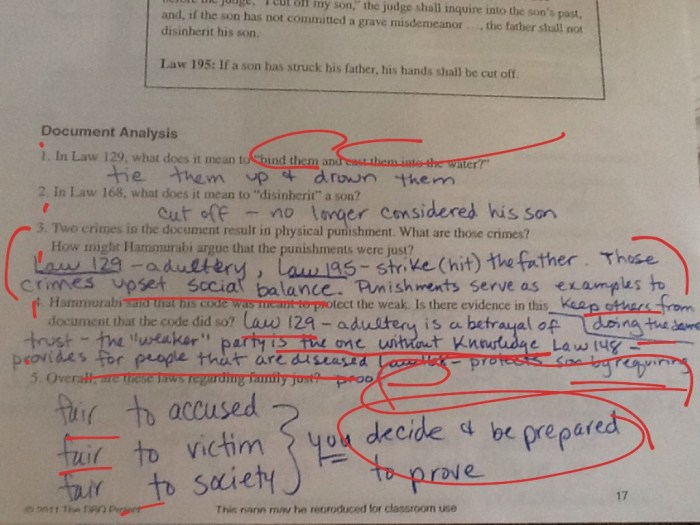Welcome to the comprehensive Philippine Annexation Mini-Q Answer Key, where we embark on an authoritative exploration of the historical context, motivations, consequences, and enduring legacy of the United States’ annexation of the Philippines. As we delve into this topic, we invite you to engage with the diverse perspectives and profound implications that have shaped this pivotal chapter in Filipino history.
Philippine Annexation

The annexation of the Philippines by the United States in 1898 marked a significant turning point in the history of both nations. The process was shaped by a complex interplay of historical events, political decisions, and economic interests.
The United States had long held ambitions to expand its influence in the Pacific region, and the Spanish-American War provided an opportunity to do so. After defeating Spain in 1898, the United States acquired control of the Philippines, Guam, and Puerto Rico.
Motivations and Objectives of the United States
- Economic interests:The Philippines offered access to valuable resources such as sugar, tobacco, and timber.
- Strategic location:The Philippines provided a strategic naval base in the Pacific, allowing the United States to project power in the region.
- Missionary zeal:Some Americans believed that it was their duty to spread Christianity and Western civilization to the Philippines.
Impact of Philippine Annexation

The annexation of the Philippines had a profound impact on the country’s political, economic, and social development.
Political Changes, Philippine annexation mini-q answer key
- The Philippines became a colony of the United States, with American officials appointed to govern the country.
- The Filipinos gradually gained more autonomy, but the United States maintained control over foreign affairs and defense.
- The annexation led to the rise of Filipino nationalism and the eventual independence of the Philippines in 1946.
Economic Changes
- The annexation led to the integration of the Philippine economy into the global capitalist system.
- The Philippines became a major exporter of agricultural products, such as sugar and tobacco.
- The United States also invested heavily in the Philippine economy, leading to the development of infrastructure and industry.
Resistance and Collaboration: Philippine Annexation Mini-q Answer Key
The annexation of the Philippines was met with both resistance and collaboration from the Filipino people.
Resistance
- Armed resistance:The Philippine-American War (1899-1902) was a bloody conflict in which Filipino guerrillas fought against American troops.
- Passive resistance:Filipinos also engaged in passive resistance, such as refusing to cooperate with American authorities.
Collaboration
- Political collaboration:Some Filipino leaders, such as Manuel Quezon, collaborated with the United States in the hope of gaining independence.
- Economic collaboration:Filipino businessmen benefited from the economic opportunities created by American rule.
Legacy of Philippine Annexation
The annexation of the Philippines had a lasting impact on Filipino society and culture.
Americanization
- The Philippines adopted many American customs and institutions, such as the English language and the American educational system.
- Americanization also led to the spread of Western ideas and values.
Nationalism
- The annexation also sparked a strong sense of Filipino nationalism.
- Nationalist leaders sought to preserve Filipino culture and identity.
Economic Dependence
- The Philippines remained economically dependent on the United States after independence.
- The country’s economy was heavily influenced by American corporations.
FAQs
What were the primary motivations behind the United States’ annexation of the Philippines?
The United States sought to expand its commercial and strategic interests in the Pacific region, particularly in the wake of the Spanish-American War.
How did the annexation impact the political landscape of the Philippines?
American rule introduced a new system of governance, including the establishment of a Philippine Assembly and the appointment of a governor-general.
What forms of resistance emerged among Filipinos in response to annexation?
Resistance took various forms, including armed uprisings, political activism, and cultural preservation efforts.